- Frontiers of Machine Learning
- Multimodal Large Language Model and Generative AI
- Smart Earth Observation and Remote Sensing Analysis: From Perception to Interpretation
- 3D Imaging and Display
- Forum on Multimodal Sensing for Spatial Intelligence
- Brain-Computer Interface: Frontiers of Imaging, Graphics and Interaction
- Foundation Models for Embodied Intelligence
- Workshop on Machine Intelligence Frontiers: Advances in Multimodal Perception and Representation Learning
- Human-centered Visual Generation and Understanding
- Spatial Intelligence and World Model for the Autonomous Driving and Robotics
- Seminar on the Growth of Women Scientists
- Video and Image Security in the Era of Large Models Forum
- ICIG 2025 Competition Forum
- Visual Intelligence Session
With brain–computer interface (BCI) technology advancing explosively, its medical-rehabilitation and human–computer-interaction applications are expanding rapidly. Yet further breakthroughs hinge on deeper integration with imaging and graphics. Immersive interaction, for example, relies on computer graphics to create brain-controlled VR/AR environments, while multimodal fusion demands the seamless combination of neural signals with generative-AI algorithms. Today, BCI and the imaging/graphics communities still work in relative isolation, fragmenting the innovation chain.
This forum will establish an interdisciplinary hub designed to achieve three overarching goals. First, technological convergence: we will bring together neuroscientists, computer-graphics researchers, and human–computer-interaction experts to tackle key challenges such as neural-information encoding, real-time intention decoding, brain-controlled interaction paradigms, and intelligent fusion systems. Second, application translation: the event will spotlight cutting-edge, clinically and consumer-ready solutions—including brain-state monitoring, stroke-rehabilitation training, and brain-controlled smart devices—demonstrating how laboratory advances can reach end users. Third, ecosystem construction: we will foster sustained collaboration among industry, academia, and research institutions while engaging in open dialogue on ethical issues such as BCI privacy and data security.
By inviting leading speakers to share the latest research and commercialization experiences, the forum aims to shorten the path from laboratory to market and accelerate the real-world deployment of BCI technology.
Schedul
Nov. 1st 15:50-17:50

Organizer
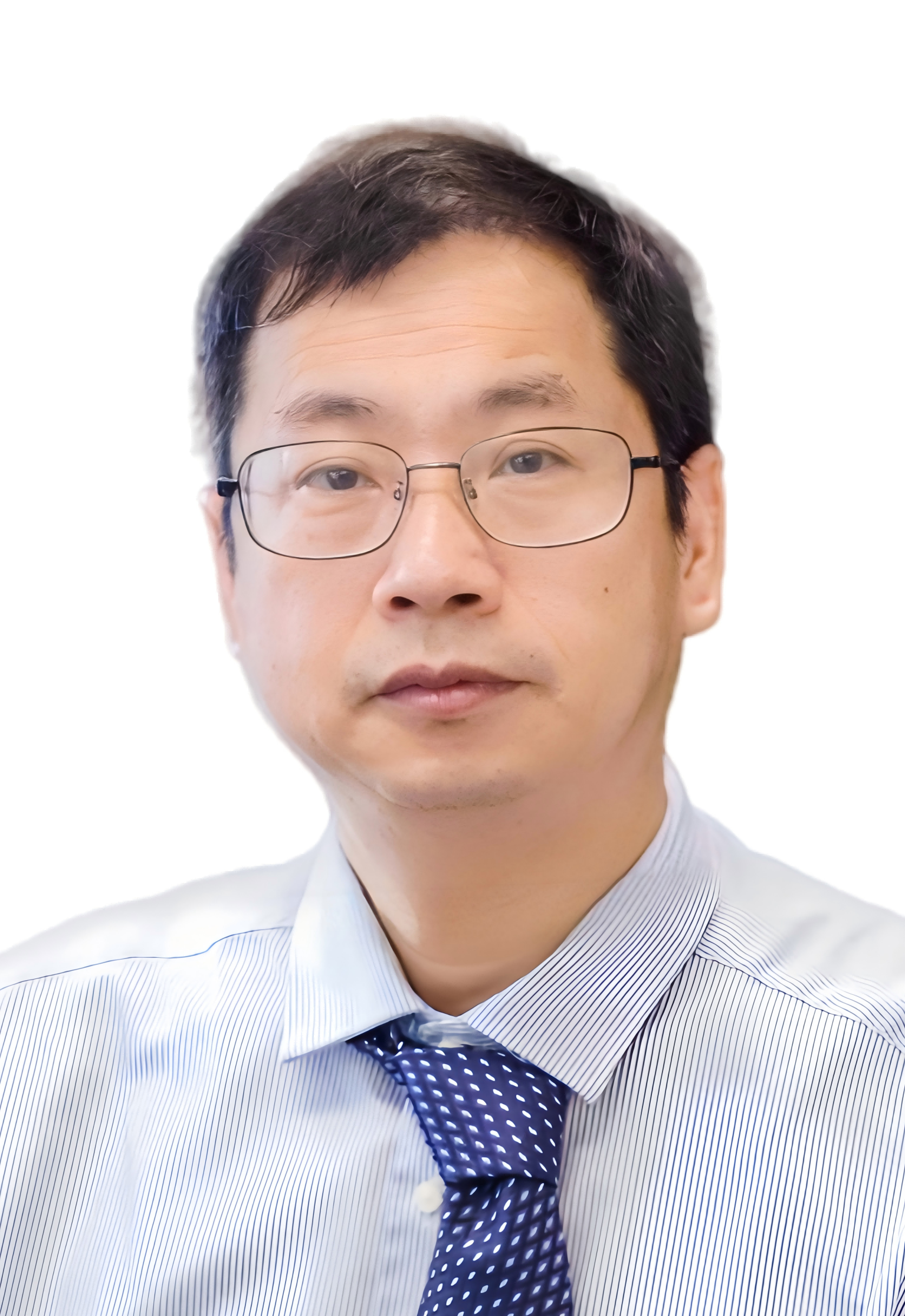
Yuanqing Li
South China University of Technology / Pazhou Laboratory, Professor
Biography:
Yuanqing Li is a professor and doctoral advisor at the School of Automation Science and Engineering, South China University of Technology, and Executive Deputy Director of the Guangdong Laboratory of Artificial Intelligence and Digital Economy (Guangzhou). An IEEE Fellow, he is a recipient of the National Science Fund for Distinguished Young Scholars, a Changjiang Scholar, and a member of the National Hundred-Thousand-Ten-Thousand Talents Program. He has received numerous awards, including the Second Prize of the National Natural Science Award. He chairs the Special Committee on Visual Cognition and Computing of the China Society of Image and Graphics and serves as Associate Editor of IEEE Transactions on Human-Machine Systems, among other roles. His research spans sparse signal representation, blind source separation, semi-supervised learning, brain–computer interfaces, and EEG/fMRI analysis. He has published over 200 papers, filed and been granted more than 80 patents, and led major projects totaling over RMB 150 million. His 21 patents have been valued at RMB 36.77 million, and he co-founded HNNK Co., Ltd., valued at RMB 200 million in 2022.
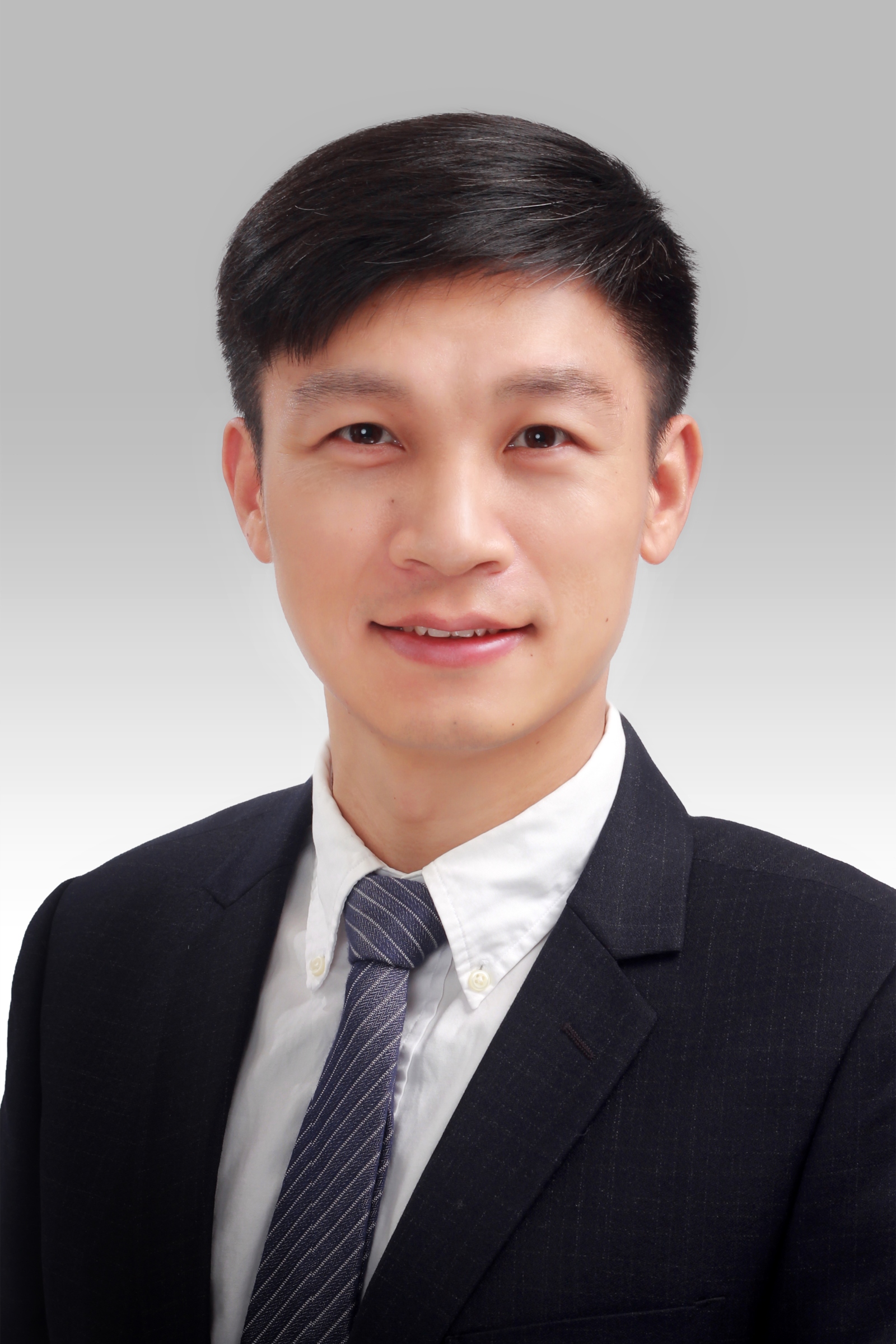
Ling-Li Zeng
National University of Defense Technology, Professor
Biography:
Ling-Li Zeng received the BSc, MSc and PhD degrees from the National University of Defense Technology, China, in 2007, 2009, and 2014, respectively. From November 2012 to November 2013, he was a visiting PhD student with the Harvard Medical School & Massachusetts General Hospital, and from July 2019 to June 2020, he was a visiting scholar with the University of Southern California. From 2014, he was with the National University of Defense Technology. He was promoted professor in 2019. He has authored more than 90 papers in journals, such as PNAS, Brain, IEEE TPAMI, IEEE TNNLS, IEEE TNSRE, etc. His research interests include pattern recognition, cognitive neuroscience, and brain-machine intelligence. He has been awarded the Second Class Award of the National Natural Science Award, the First Class Award of the Hunan Provincial Natural Science Award, the First Class Award of the Wu Wenjun Artificial Intelligence Science and Technology Award (Natural Science Category), and the Youth Science and Technology Award of the Chinese Association of Automation. He is a recipient of the National Excellent Young Scientists Fund and the Young Teacher Fund from the Fok Ying Tung Education Foundation, and is recognized as a Leading Talent of Hunan Province.
Presenters
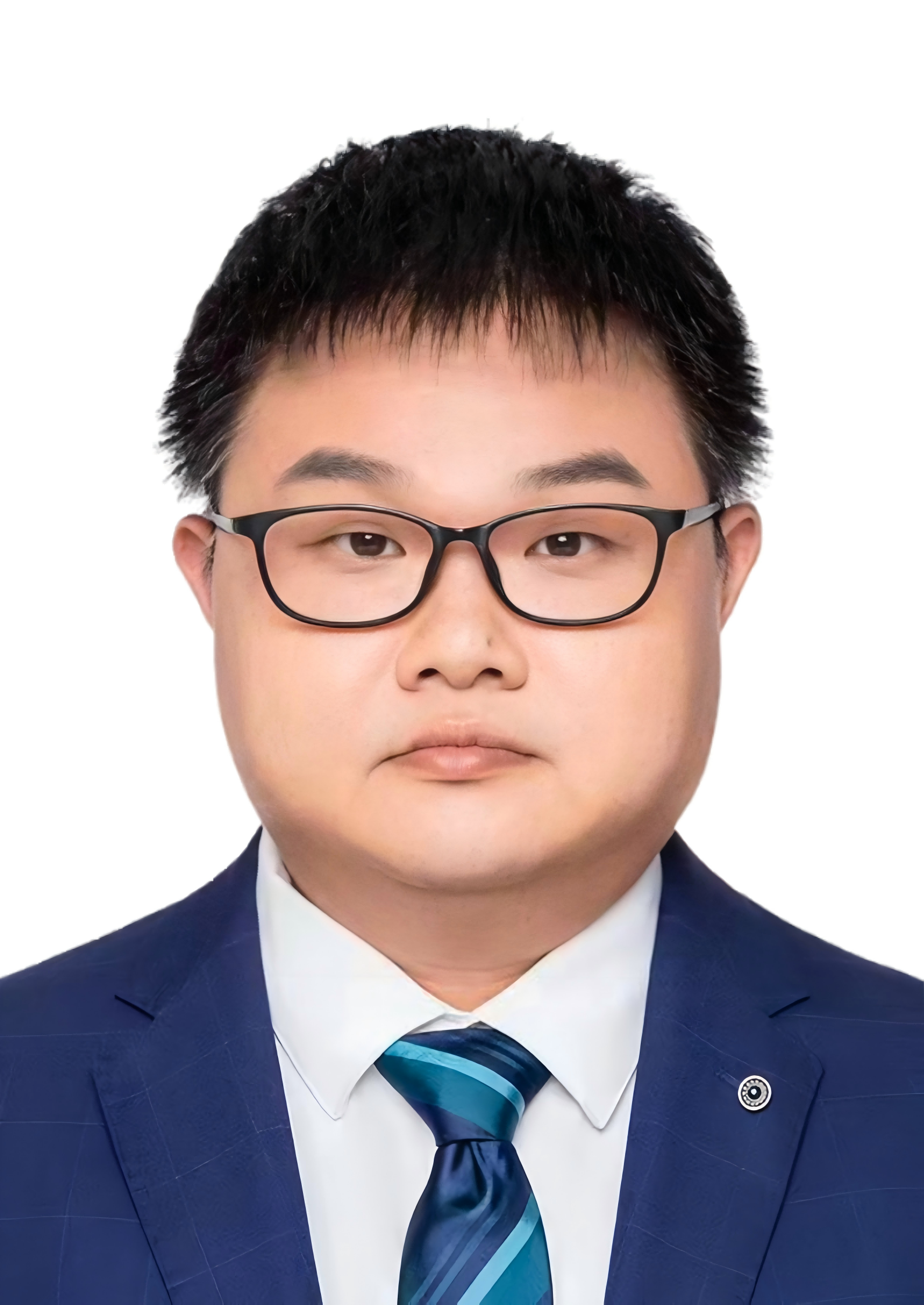
Jing Jin
East China University of Science and Technology, Professor
Biography:
Jing Jin is Professor, Doctoral Advisor, Vice Dean, and Director of the Intelligent Computing Center at East China University of Science and Technology. Selected for the National Special Support Program for High-Level Talents, he is a Distinguished Professor of the Shanghai Eastern Scholar Program and a Shanghai Dawn Scholar. He serves as Vice Chair of the Brain-Computer Interaction and Artificial Intelligence Division of the International Society for Neurorestoration, Vice Chair of the Medical Neural Engineering Branch of the Chinese Society of Biomedical Engineering, and Vice Chair of the Visual Cognition and Computing Committee of the China Society of Image and Graphics. His primary research is brain–computer interface (BCI) technology. He has led more than 20 national and provincial projects, including key projects of the National Science and Technology Innovation 2030 Major Program and co-led Shanghai Major Special Projects. With over 180 papers, he has received the First Prize of the Wu Wenjun Artificial Intelligence Natural Science Award, the Second Prize of the Natural Science Award of the Chinese Association of Automation, the Second Prize of the Shanghai Natural Science Award, and the Outstanding Young Scholar Award of the First China BCI “Huanao Award.” His work was selected as one of the “Huanao Top 10 Advances of China’s BCI in 2024.”
Speech Title: Brain-Computer Interface and Brain Disease Rehabilitation
Abstract:BCI technology has become vital for restoring communication and motor control in patients with speech and movement disorders, and it plays a key role in reconstructing neural functions. This talk will discuss design principles for visual-, auditory-, and tactile-based BCIs as well as motor-imagery BCIs, together with improved recognition algorithms and their rehabilitation applications. Innovative brain-machine prostheses and robotic systems that enhance disabled individuals’ quality of life and independence will be presented, along with neurofeedback training to help patients regain motor function and activities of daily living.
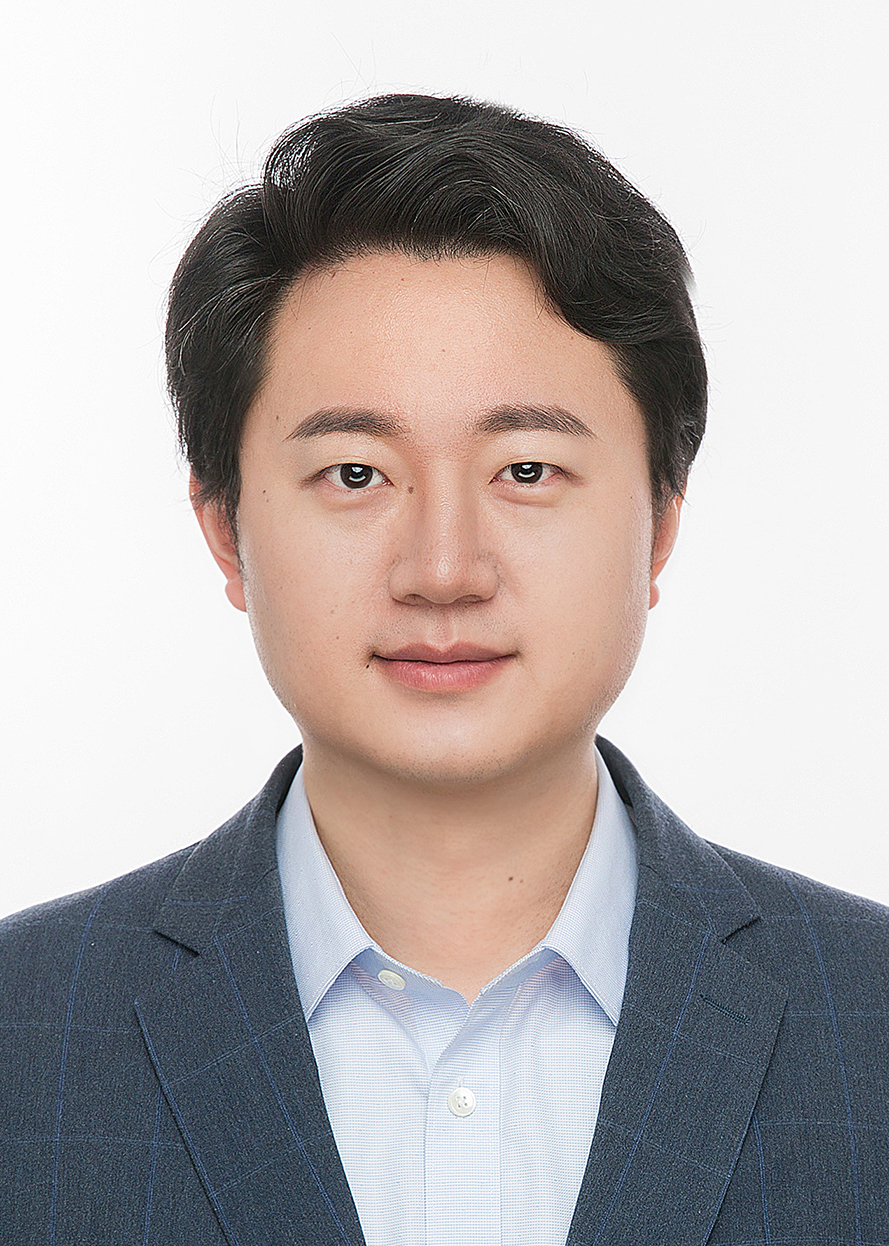
Minpeng Xu
Tianjin University, Professor
Biography:
Minpeng Xu is Chair Professor, Doctoral Advisor, and Vice Dean of the School of Medical Engineering, Tianjin University. A National High-Level Talent and Chief Scientist of the National Key R&D Program, he was listed in MIT Technology Review “Innovators Under 35” (China, 2022), named Powerful-Nation Young Scientist (2022), Top-30 Innovative Youth in Brain Science (2023), sole recipient of the 2025 Megarobo Scientist Award, and Outstanding Young Scholar of the First China BCI “Huanao Award.”He heads the Data Standard Working Group of the Brain-Computer Interface Sub-Technical Committee under the National Technical Committee for IT Standardization, chairs the Data & Basic Software Group, and is Vice Chair of the General Working Group of the China BCI Industry Alliance, while serving as Vice Chair or Deputy Secretary-General in five other societies. His research focuses on brain–computer interfaces (BCI). He leads MetaBCI, an open-source BCI platform, and co-developed the on-orbit BCI system for Tiangong-2, the artificial-neural rehabilitation robot, and the Brain-Speaker chip. His achievements were showcased at the National “13th Five-Year Plan” Innovation Exhibition.Xu has led over 10 national, provincial, aerospace, and industry projects and, as first or corresponding author, published more than 200 papers in Nature Electronics, Science Advances, Engineering, etc., earning IOP China Top-Cited Paper Awards, ESI Highly Cited status, IEEE TBME cover articles, and JNE highlights; his work was featured in a special issue of Science. He holds 40+ patents across China, the United States, and Europe, including a Gold Award winner at the National Invention Exhibition “Belt and Road” & BRICS Competition.
Speech Title:Frontier Advances in Non-Invasive Brain-Computer Interface
Abstract:A BCI monitors central-nervous-system activity and converts it into functions that substitute, restore, enhance, supplement, or improve natural neural output. Its broad potential in research, clinical rehabilitation, and daily life has drawn intense interest. After decades of progress in paradigms, algorithms, and hardware, non-invasive BCIs now deliver markedly higher performance. This talk presents the latest results and applications from Tianjin University’s Neural Engineering Team, aiming to accelerate further research, development, and real-world deployment of brain–computer interfaces.
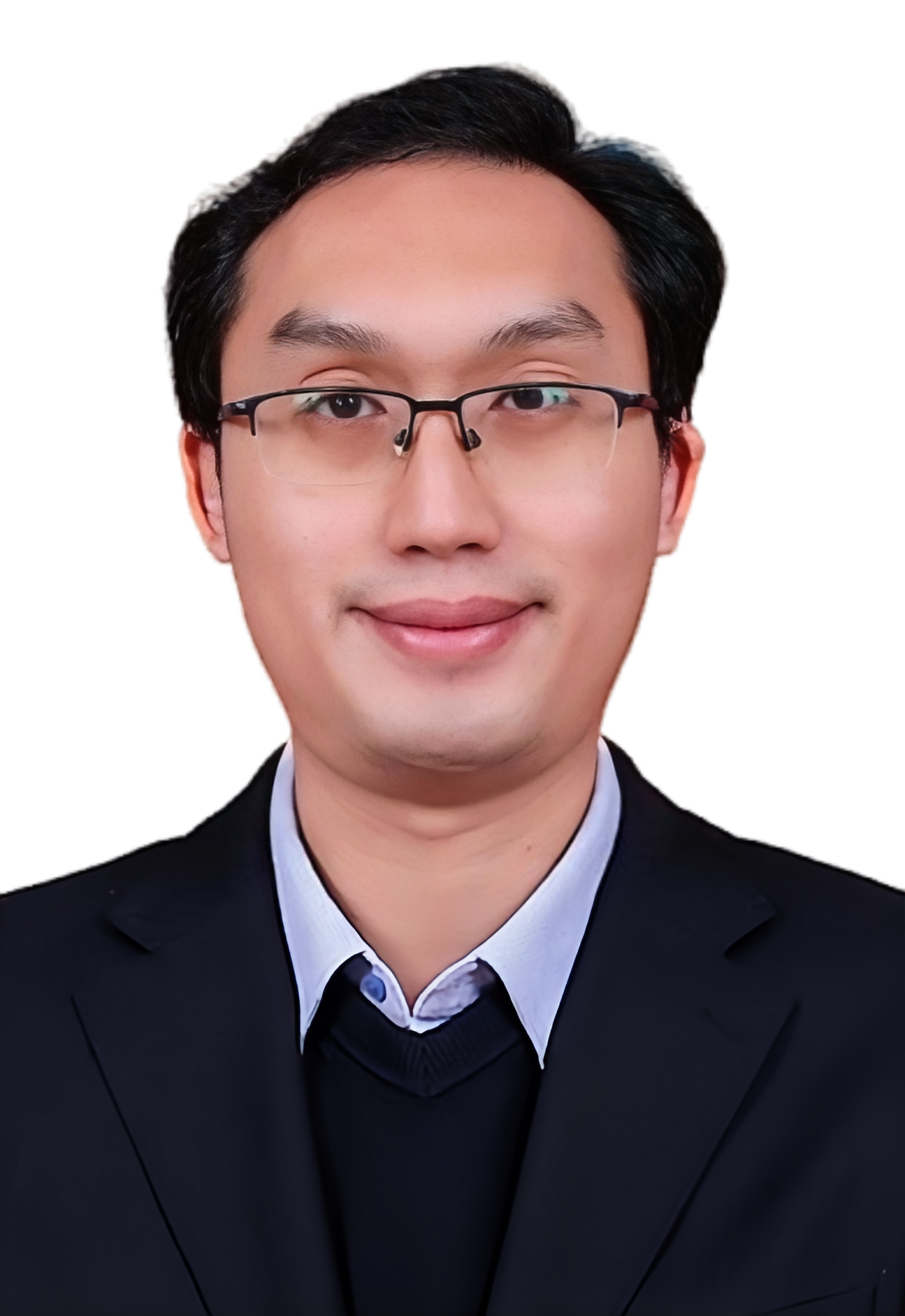
Jiahui Pan
South China Normal University, Professor
Biography:
Jiahui Pan is Professor and Doctoral Advisor at the School of Artificial Intelligence, South China Normal University, and a Dual-Appointed Researcher at Pazhou Laboratory. He is a Youth Top Talent of Guangdong Province’s Special Support Program, a Pearl River Science and Technology New Star, and is listed in Stanford University’s Top 2 % Global Scientists. His research focuses on brain–computer interfaces (BCI) and their clinical applications.He serves on the ISO/IEC China National Committee on BCI, is Secretary-General of the Visual Cognition and Computing Committee of the China Society of Image and Graphics, Deputy Secretary-General of the Brain-Computer Fusion and Biomimetic Machine Intelligence Committee of the Chinese Association for Artificial Intelligence, Deputy Secretary-General of the Medical Neural Engineering Branch of the Chinese Society of Biomedical Engineering, and a Standing Committee Member of the Brain-Computer Interface and Rehabilitation Committee of the Chinese Association of Rehabilitation Medicine.Pan has received the First Prize of the Guangdong Provincial Science and Technology Progress Award, the First Prize of the Guangdong Provincial Natural Science Award, the First Prize of the Technological Invention Award of the Chinese Association of Automation, the First Prize of the Wu Wenjun Artificial Intelligence Technological Invention Award, and the First Prize of the Guangdong Provincial Technological Invention Award.
Speech Title: Multimodal Affective BCI Integrating EEG and Facial Expressions
Abstract:Accurate assessment of consciousness in patients with disorders of consciousness remains a global challenge, marked by high misdiagnosis rates and limited tools. We present a multimodal BCI that fuses EEG and facial micro-expressions. Using multi-modal spatiotemporal attention encoders and graph attention networks, we boost emotion-recognition accuracy and, combined with advanced learning strategies, reliably identify cognitive-motor dissociation. Interpretable, visualized indicators link consciousness states to emotion recognition. A prototype system has undergone clinical demonstrations, confirming its reliability and potential to improve diagnosis and rehabilitation prediction and to advance clinical BCI adoption.
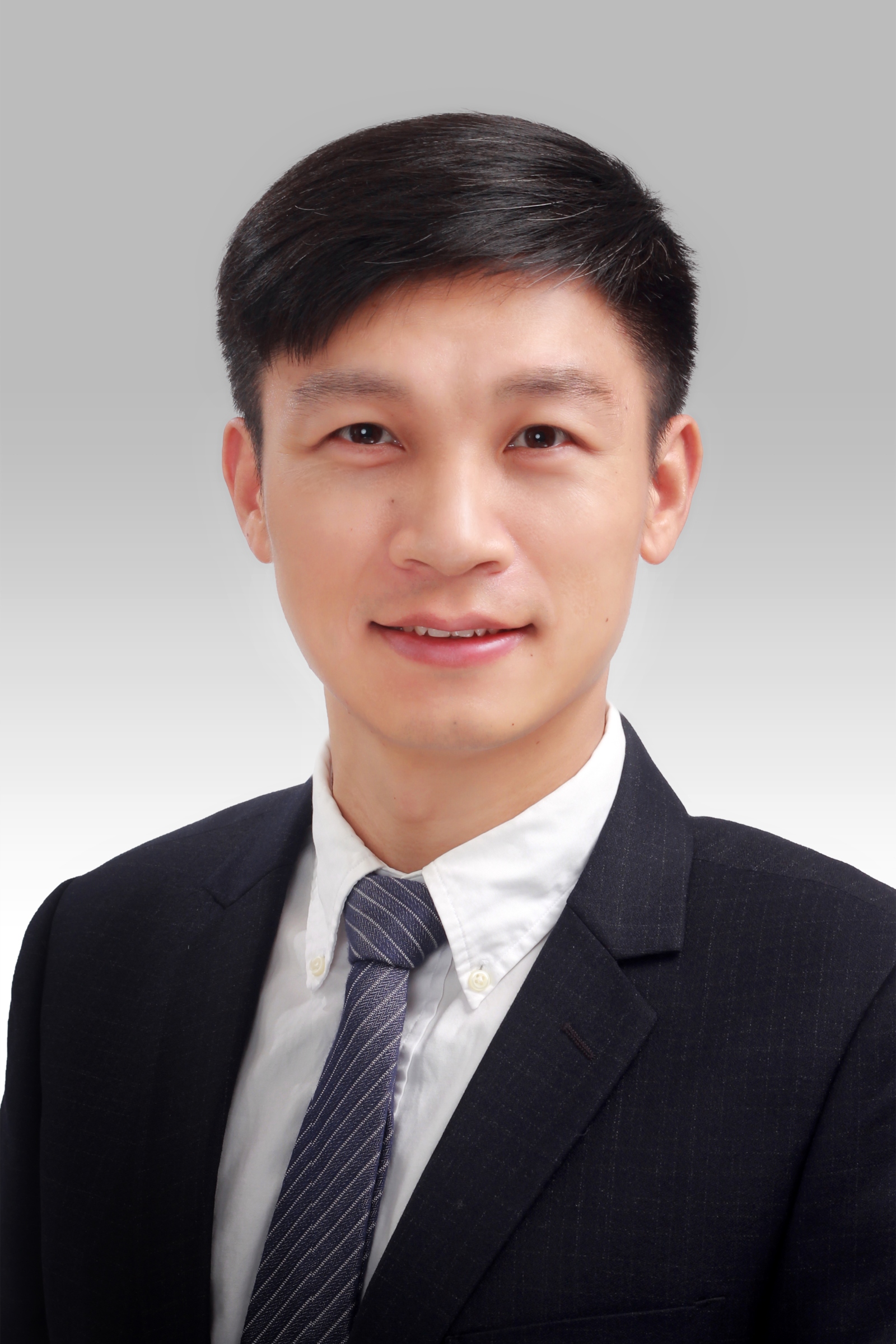
Ling-Li Zeng
National University of Defense Technology, Professor
Biography:
Ling-Li Zeng received the BSc, MSc and PhD degrees from the National University of Defense Technology, China, in 2007, 2009, and 2014, respectively. From November 2012 to November 2013, he was a visiting PhD student with the Harvard Medical School & Massachusetts General Hospital, and from July 2019 to June 2020, he was a visiting scholar with the University of Southern California. From 2014, he was with the National University of Defense Technology. He was promoted professor in 2019. He has authored more than 90 papers in journals, such as PNAS, Brain, IEEE TPAMI, IEEE TNNLS, IEEE TNSRE, etc. His research interests include pattern recognition, cognitive neuroscience, and brain-machine intelligence. He has been awarded the Second Class Award of the National Natural Science Award, the First Class Award of the Hunan Provincial Natural Science Award, the First Class Award of the Wu Wenjun Artificial Intelligence Science and Technology Award (Natural Science Category), and the Youth Science and Technology Award of the Chinese Association of Automation. He is a recipient of the National Excellent Young Scientists Fund and the Young Teacher Fund from the Fok Ying Tung Education Foundation, and is recognized as a Leading Talent of Hunan Province.
Speech Title: Generative Artificial Intelligence Methods for EEG
Abstract:EEG data faces challenges, such as data distribution differences, low signal-to-noise ratio, and noisy labels, which hinder the practicality of brain-computer interfaces. Generative AI provides a powerful tool for EEG signal processing and generalized feature extraction. In this talk, I will introduce our work on EEG data augmentation and generalized spatiotemporal representation learning. First, I will present a method named MASER for enhancing the spatial resolution of EEG based on state-space modeling. Second, I will introduce a pretraining framework named DMAE-EEG for EEG spatiotemporal representation learning, which can extract generalizable spatiotemporal representations from large-scale unannotated EEG data. I hope that the aforementioned methods could be helpful in improving BCI performance across tasks, subjects, and sessions, further enhancing the practicality of brain-computer interface.

